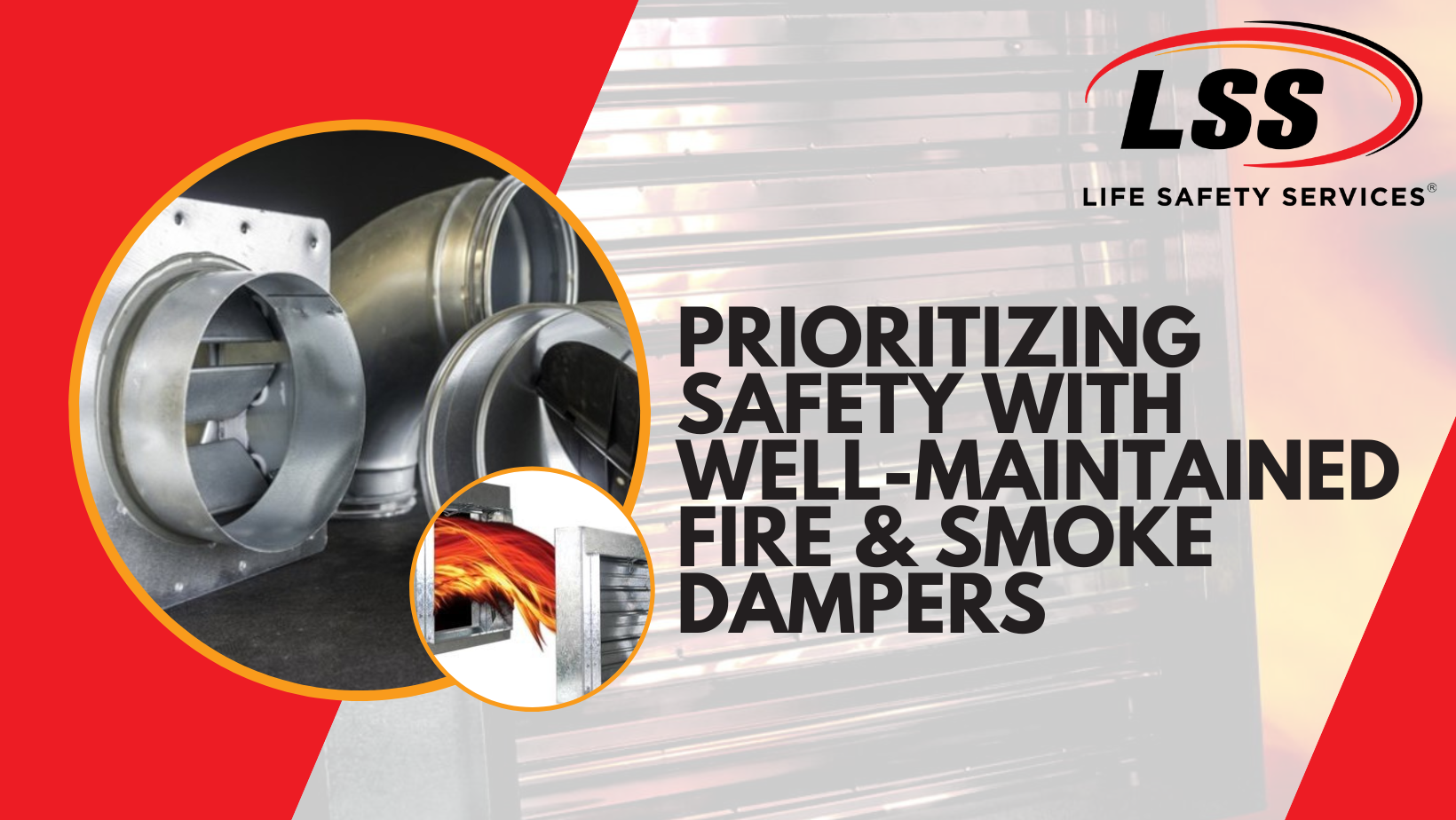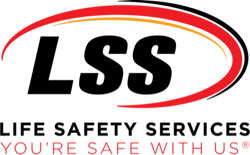
Fire and smoke dampers play a vital role in building safety, helping to contain and control the spread of fire and smoke within a structure. These mechanical devices are designed to restrict the passage of flames and smoke through HVAC ductwork, safeguarding occupants and minimizing property damage. However, like any mechanical system, fire and smoke dampers require regular maintenance and inspections to ensure they remain in good working order. Explore the importance of keeping your fire and smoke dampers well-maintained and offer valuable tips to help you ensure their optimal safety and performance.
Understanding Fire and Smoke Dampers:
Fire and smoke dampers are passive safety features installed within the ductwork of buildings. Their primary function is to automatically close off or restrict the airflow through duct openings when activated by a fire alarm or smoke detection system. Fire dampers are designed to prevent the spread of flames, while smoke dampers are specifically designed to restrict the flow of smoke.
Importance of Maintenance:
-
Life Safety: Properly functioning fire and smoke dampers are crucial for life safety. They help contain the spread of fire and smoke, providing occupants with more time to evacuate and reducing the risk of injuries or fatalities.
-
Property Protection: Fire and smoke damage can be devastating to buildings and their contents. Maintaining dampers ensures that fire and smoke are contained, limiting the potential for significant property damage and costly repairs.
-
Code Compliance: Compliance with building codes and regulations is essential. Regular maintenance and inspections of fire and smoke dampers help ensure that your facility meets the required safety standards, reducing the risk of penalties and legal liabilities.
Tips for Maintaining Fire and Smoke Dampers:
-
Regular Inspections: Schedule routine inspections of your fire and smoke dampers by qualified professionals. Inspections should include checking for proper operation, ensuring no obstructions or debris are present, and verifying that the damper blades are intact.
- Did you know? LSS Life Safety Services® provides inspection of fire dampers, smoke dampers and combination fire/smoke dampers 1 year after installation for all facilities. Every 4 years thereafter in non-healthcare facilities, every 6 years in hospitals.
-
Testing and Maintenance: Perform periodic functional testing of dampers to ensure they operate as intended. Follow the manufacturer's guidelines and recommendations for maintenance tasks, such as lubrication of moving parts or replacement of worn components.
-
Documentation: Keep detailed records of inspections, testing, and maintenance activities. Document any identified issues and the actions taken to address them. This documentation will help demonstrate compliance with regulations and provide a historical reference for future inspections.
-
Training and Education: Ensure that facility personnel responsible for operating and maintaining the HVAC system are adequately trained. They should understand the importance of fire and smoke damper maintenance and be familiar with the procedures for testing and inspecting these devices.
-
Collaboration with Professionals: Work closely with certified professionals, such as HVAC technicians or fire safety experts like LSS Life Safety Services®, who have the knowledge and experience to assess, maintain, and repair fire and smoke dampers. They can provide valuable guidance and assistance in keeping your dampers in excellent working condition.
Maintaining fire and smoke dampers is essential for preserving the safety of occupants and protecting properties in the event of a fire. Regular inspections, functional testing, and proper maintenance are key components of an effective damper maintenance program. By prioritizing the care of these crucial systems, building owners and facility managers can ensure compliance with safety regulations, reduce risks, and provide a safer environment for everyone within the building. Remember, proactive maintenance is the key to keeping your fire and smoke dampers in optimal working order and maintaining a high level of fire safety within your facility.

